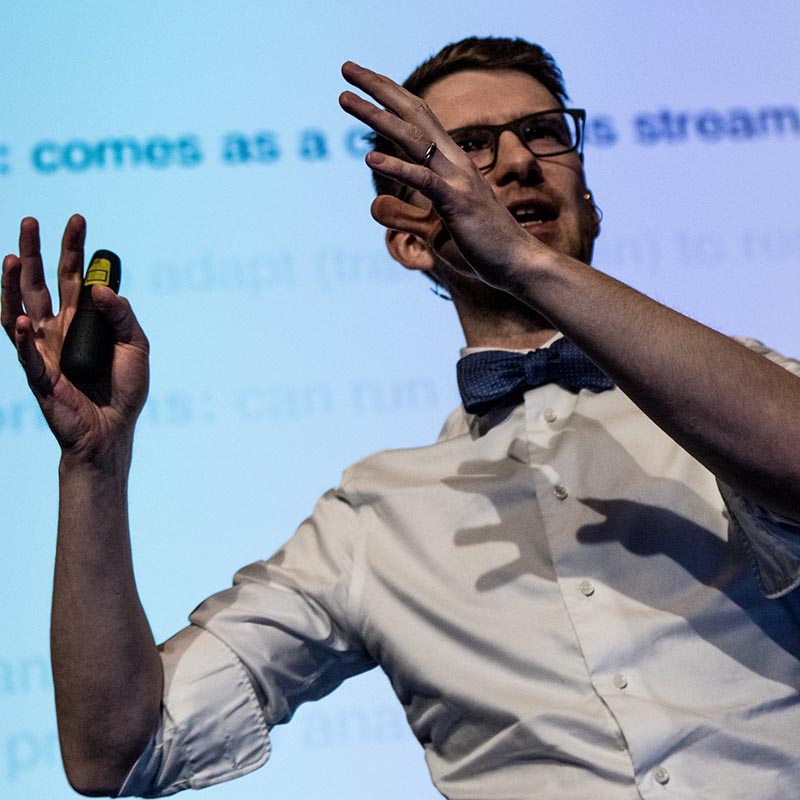
Teaching
I have been teaching on courses related to artificial intelligence, machine learning, statistics, signal processing, software tools, and mathematics. During my basic studies, I served as a TA on courses in first-year engineering mathematics, which then gradually turned into teaching on more advanced courses in statistical signal processing during my doctoral studies.
As a faculty member at Aalto University, I have been responsible for designing and lecturing the course ‘Introduction to Artificial Intelligence’ which is intended as a primer in AI/ML and open for all students in the university (including students in arts and business).
I have also been invited to give conference tutorials and lectures in summer schools, most notably the ICML 2020 3-hour tutorial Machine Learning with Signal Processing and the Gaussian Process Summer School 2019.